Colour variations in mushroom extracts are a common phenomenon, and while they may raise questions, these differences are entirely natural and expected.

Various factors, including the growing conditions of the mushrooms, extraction techniques, and additional purification steps, contribute to these variations.
These factors do not compromise the quality, potency, or effectiveness of the extract. Instead, they reflect the natural diversity of the raw materials and the methods used to ensure optimal bioavailability and solubility.
Below, we’ll delve deeper into the reasons for colour differences in mushroom extracts and how processes like extra purification for solubility can influence the final appearance.
Natural Variation in Raw Materials
Mushrooms are products of their environment, and several natural factors can lead to differences in their pigmentation and, subsequently, the colour of their extracts:
Extraction Methods and Techniques
The process used to extract bioactive compounds from mushrooms significantly impacts the colour of the final product:
Standard Extraction Methods
Impact of Dual Extraction
Many mushroom extracts use a combination of water and alcohol extractions (dual extraction) to capture a broader spectrum of bioactive compounds. The interplay between these methods can result in a range of colours depending on the concentration of extracted compounds.
Extra Purification Steps to Enhance Solubility
In some cases, purification steps are added to the extraction process to refine the final product and improve solubility:
Concentration of Active Compounds
Mushroom extracts are rich in bioactive compounds such as polysaccharides, triterpenoids, and antioxidants. The concentration of these compounds can vary across batches due to:
Oxidation During Processing and Storage
Exposure to air, light, or heat during processing and storage can cause oxidation, altering the extract’s colour over time. For example:
Additional Factors in Processing
Beyond the raw materials and extraction methods, other aspects of the manufacturing process can impact colour:
Does Color Variation Affect Quality?
Absolutely not! While colour differences may be noticeable, they are natural and have no impact on the quality, potency, or effectiveness of the product. At Antioxi, each batch of mushroom extract undergoes rigorous testing to meet the highest standards for purity, safety, and bioactivity.
How to Store Your Mushroom Extracts
To maintain the quality and colour of your mushroom extracts:
Conclusion
Colour variations in mushroom extracts are a natural result of environmental factors, extraction methods, and purification processes. These differences are a hallmark of the product’s authenticity and natural origins.
At Antioxi, our priority is delivering high-quality, effective mushroom extracts, regardless of slight variations in appearance.
If you have further questions or concerns about your extract’s colour or quality, our customer service team is always here to assist you!

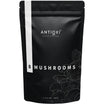







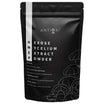
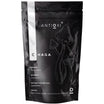

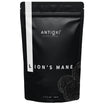

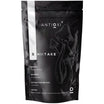



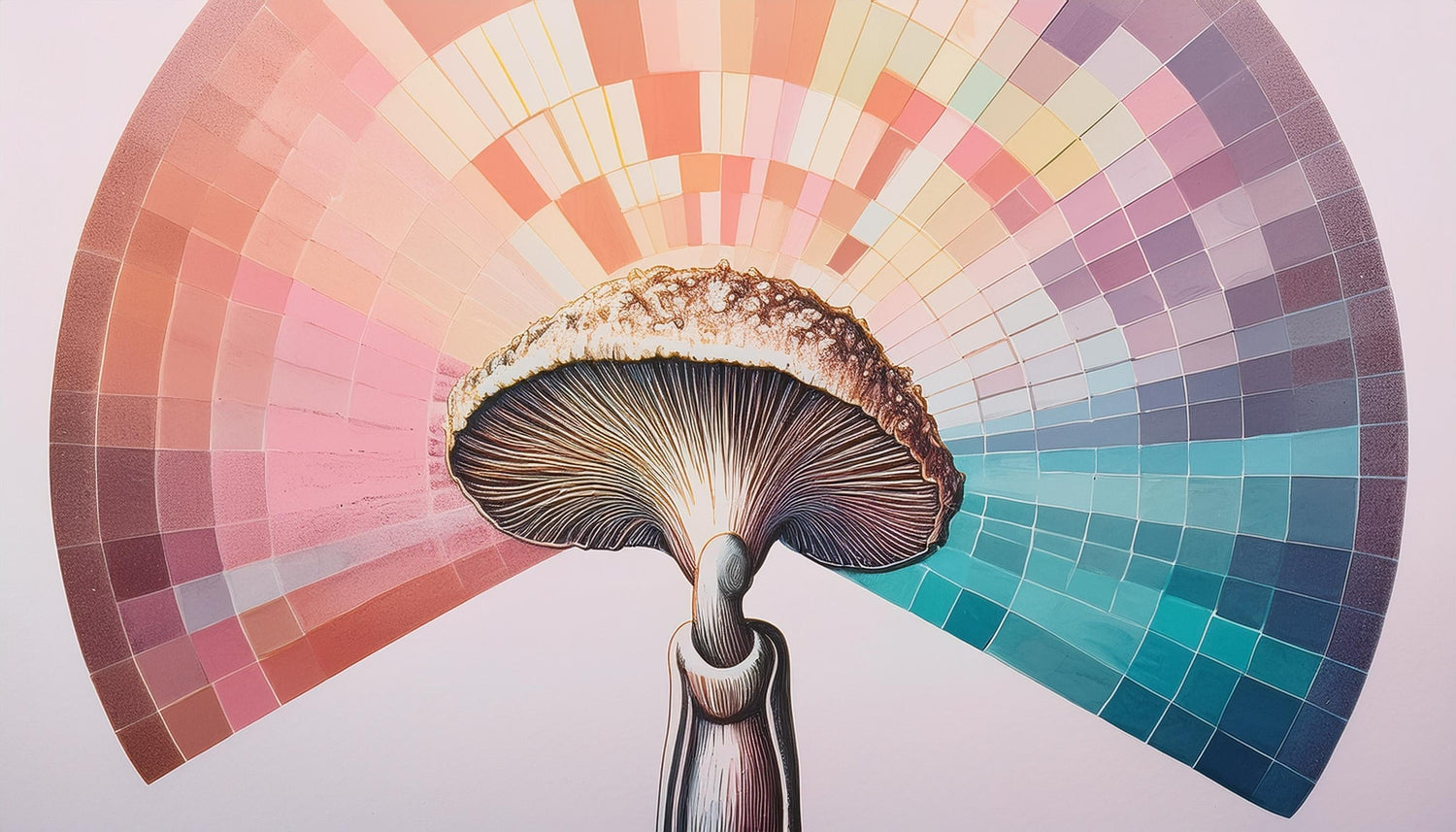
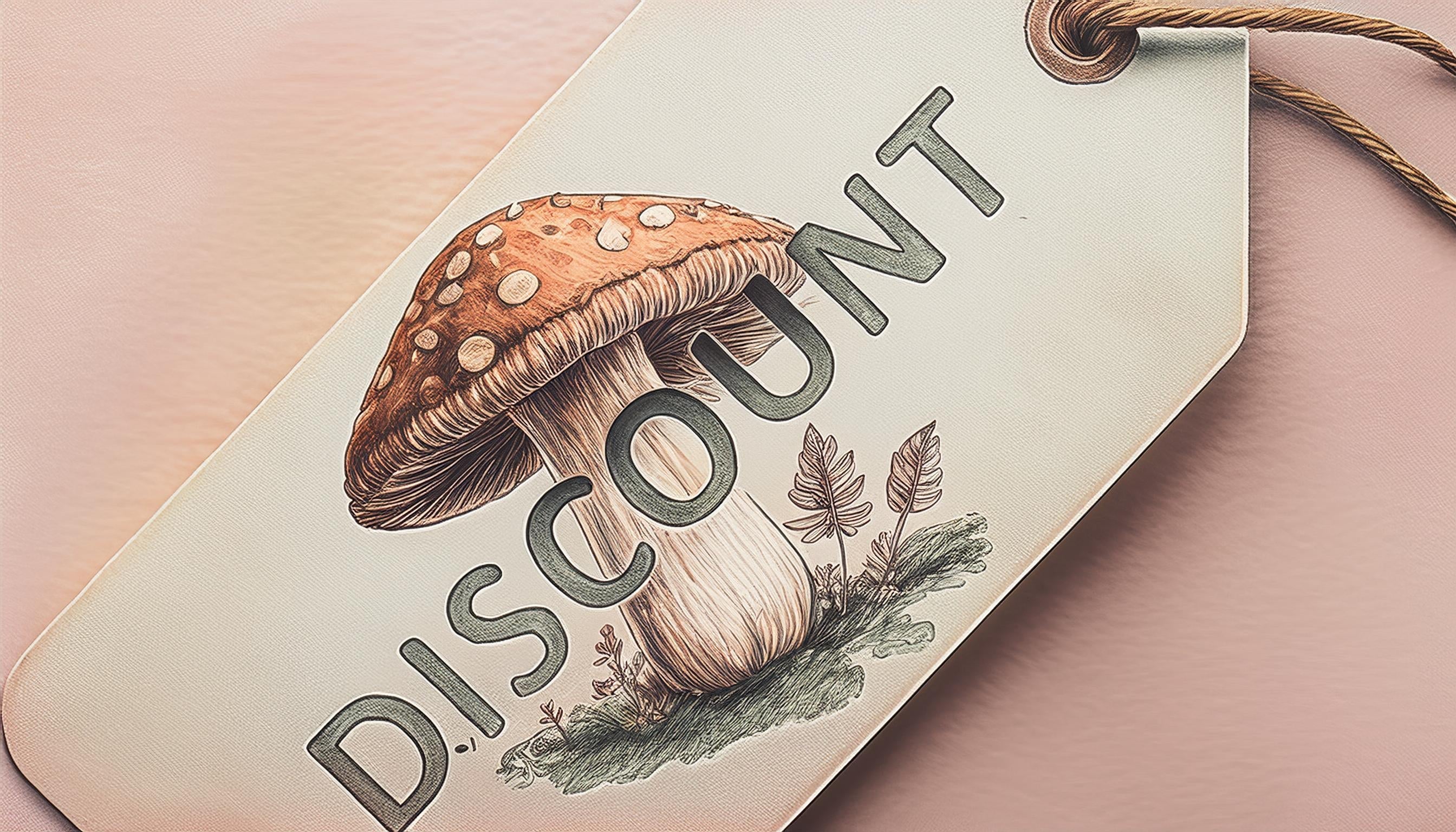

Leave a comment
All comments are moderated before being published.
This site is protected by hCaptcha and the hCaptcha Privacy Policy and Terms of Service apply.